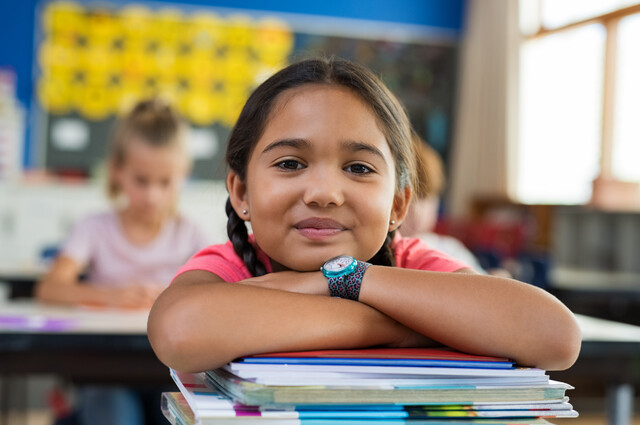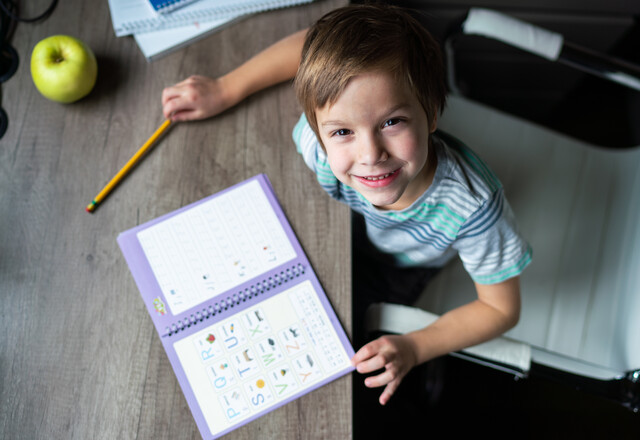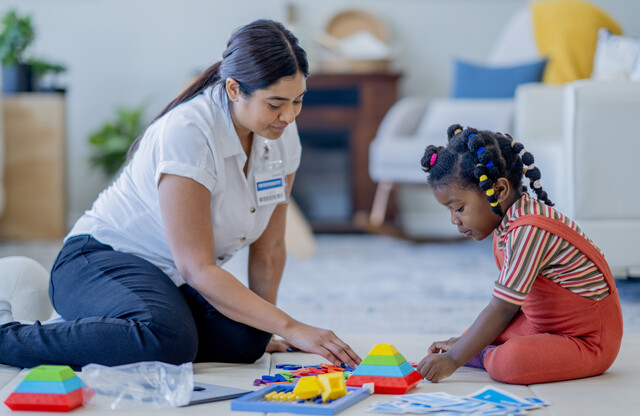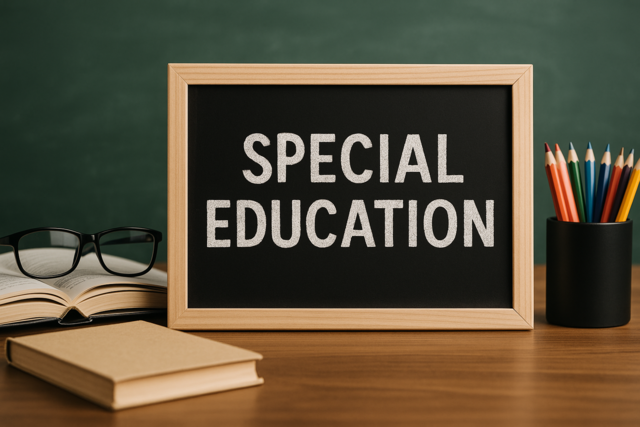Second Grade Curriculum
Igniting Curiosity, Building Foundations

4 Hours average completion time
0.4 CEUs
10 Lessons
17 Exams & Assignments
12 Discussions
10 Videos
30 Reference Files
60 Articles
Mobile Friendly
Last Updated December 2025
Unveiling the Pinnacle of Second Grade Curriculum: A Comprehensive Learning Experience
In the vast educational landscape of the U.S., there isn't a one-size-fits-all national curriculum. However, there is a prevailing wind that has led to a remarkable convergence of understanding about what young minds should assimilate at each educational level. Enter our course, meticulously crafted around the spirit of these collective insights.
An impressive 48 states have rallied around the notion of core standards, embracing the essence of unified learning objectives. Drawing inspiration from these endorsed standards, our course presents an immersive experience in eight foundational subjects: Reading, Writing, Mathematics, Science, Social Studies, Art, Music & Movement, and Creative Dramatics.
This course is not just a theoretical presentation of curriculum elements. It's a dynamic, interactive guide tailored for second grade educators. Every subject module delves deep into the heart of its content, offering age-resilient activities to drive home the lesson's core objectives. Furthermore, every lesson becomes a treasure trove of seasoned teaching advice, empowering educators with strategies to captivate the curious minds of second graders.
Over the past few decades, educational paradigms have evolved, with an unmistakable gravitation towards a "learner-centered" approach. This isn't merely a pedagogical technique; it's a philosophy. It's an attitude. And our course is its flag-bearer. Woven into each lesson are pearls of wisdom from accomplished educators, showcasing how best to immerse students in the subject at hand.
But here's the pièce de résistance. Engaging, interactive teaching methodologies aren't just buzzwords; they have quantifiable outcomes. Research indicates that students exposed to this dynamic mode of learning have consistently outperformed on standardized tests like the Iowa Test of Basic Skills. Evidently, the manner of teaching holds as much gravitas as the content itself.
A nurturing educational environment--one where students feel at liberty to voice their ideas, and where errors are stepping stones, not stumbling blocks--is paramount for academic excellence. Our course serves as a beacon, illuminating the path for educators to foster this nurturing milieu, accentuated with tailored teaching tips, engaging learning activities, and the breadth of knowledge every second grader deserves.
Course Modules:
- Second Grade Overview: Dive into the world of second grade curriculum, mapping out the academic journey ahead.
- Creating Curriculum: Unpack the art and science of crafting an effective curriculum.
- Reading and Literature: Kindle the love for literature and foster reading prowess.
- Writing, Grammar, & English Usage: Sharpen the tools of language and expression.
- Mathematics: Navigate the realm of numbers and logical thinking.
- Science: Unearth the wonders of the natural and physical world.
- Social Studies: Journey through time and cultures, understanding our global tapestry.
- Art: Unleash creativity through colors, shapes, and forms.
- Music: Ride the waves of rhythm, melody, and harmony.
- Dramatic Arts: Step into the world of expression, narrative, and performance.
Join us in this transformative journey, charting the course for our next generation of thinkers, leaders, and creators.
- Scientific inquiry and observation
- Foundation in civic understanding
- Musical rhythm and coordination
- Confidence in public speaking
- Enhanced reading comprehension
- Mastery of basic arithmetic
- Effective communication skills
- Creative expression in arts
- Critical thinking and problem solving
- Empathy and cultural awareness







